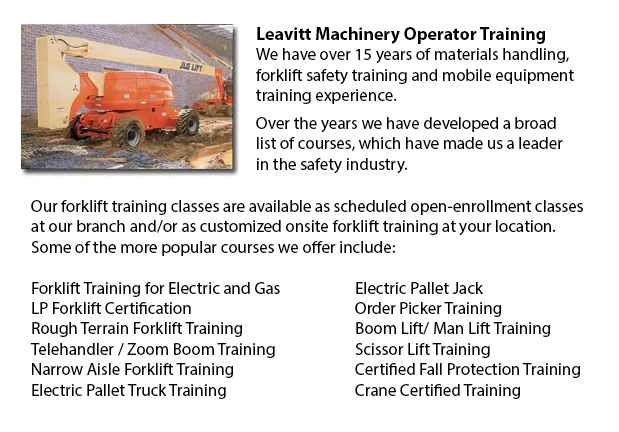
Aerial Lift Certification Regina - Aerial Lift Certification is for individuals who requires an in-depth understanding of aerial lift safety. Operators and inspectors, construction craftsmen, supervisors and maintenance workers should perform a training and certificate program. Federal, provincial and state regulations require businesses to be certified in order to perform in-house aerial lift inspections.
Most workers who are needed to perform tasks at elevated level would often utilize the same means to get to these desired heights, regardless of the kind of work that should be done. Aerial lifts and scissor lifts are the mechanized devices used to be able to lift workers and equipment to elevated worksites.
Bucket trucks referred to as Cherry Pickers are aerial platforms which feature a supported boom and bucket. The primary hazard to making use of this type of platform is often tip-overs, falls and electrocutions. Certification makes certain that workers who use aerial lifts are correctly trained to work the equipment safely. Training likewise makes certain that workers know how to maintain aerial work platforms based on the manufacturer's instructions.
Aerial lift training certification programs would consist of the following: Vehicle-mounted aerial lifts, Boom-supported aerial lifts and scissors lifts. Trainees would know about safe operating procedures and would gain knowledge about the dangers which usually result in aerial lift accidents. They would be technically competent in the various types of aerial lifts, in addition to terms and components. From interpreting rated capacity charts to selecting the best aerial lift for the task, the certification program would provide employees with all that they have to know to safely perform their work.
Individuals who are assigned the job of checking aerial lift machines should know how to check gears, booms, structural components, operating mechanisms, control systems and functions, power plants, braking systems, attachments, pins and shafts, pneumatic and electric parts, hydraulic, operator aids and emergency safety devices, and all that. Training will include the following: the inspector's role in reducing liability exposure and accidents; how to perform a pre-use, annual and monthly check; how to apply and interpret rules regarding aerial lift safety standards; how to write inspection reports; inspection procedures, checklists and techniques; applying and understanding the three levels of aerial lift inspection; complying with record keeping requirements; and when to remove defective aerial lifts from service.
-
Forklift Training Classes Regina
Forklift Training Classes Regina - Forklifts are a kind of heavy lifting equipment used in order to move and handle material efficiently and safely. Sometimes called Lift Trucks, they are made use of in different industries. Employees working with an... More -
Crane Certification Regina
Crane Certification Regina - The Crane Certification Program covers the industry suggested content which would teach the safe and efficient operation of cranes. The person will train in the following: pre-operational, operational and post operating r... More -
Telehandler Training Courses Regina
Telehandler Training Courses Regina - Employers are responsible for making sure that their operating personnel and supervisors are trained to work proficiently utilizing telehandler machines. The competence level of employees need to be assessed. If... More -
Operator Safety Training, Re-Qualification Training, In-House Instructor Training in Regina
Lift trucks are utilized in just about all industrial construction sites and in warehouse operations and in boat yards. The reach feature of a lift truck is a very important component utilized in a variety of applications like for instance when a she... More -
Heavy Equipment Operator Training Regina
Heavy Equipment Operator Training Regina - Training facilities that offer good standards in the business and not only provide field performing tasks but additional equipment training are highly sought after. Accredited schools offer students the know... More -
Wheel Loader Operator Training Regina
Wheel Loader Operator Training Regina - Cranes are industrial machines which make use of pulleys or levers so as to lift considerable loads. The Roman people utilized cranes in order to put up big monuments, that means these machines have been existi... More -
Crane Safety Training Regina
Crane Safety Training Regina - Both crane driver as well as their supervisors need to know all the possible problems connected to the operation of an overhead crane. All over North America, there is legislation that provides regulation for the safe o... More -
Scissor Lift Safety Training Regina
Scissor Lift Safety Training Regina - A Scissor Lift is a functional kind of platform that normally moves in a vertical direction. The machinery is capable of this movement due to the use of folding supports that are linked in a criss-cross pattern c... More

Forklift Training Regina
TOLL FREE: 1-888-254-6157
Regina, Saskatchewan
forklifttrainingregina.com
Email Us
About Us



